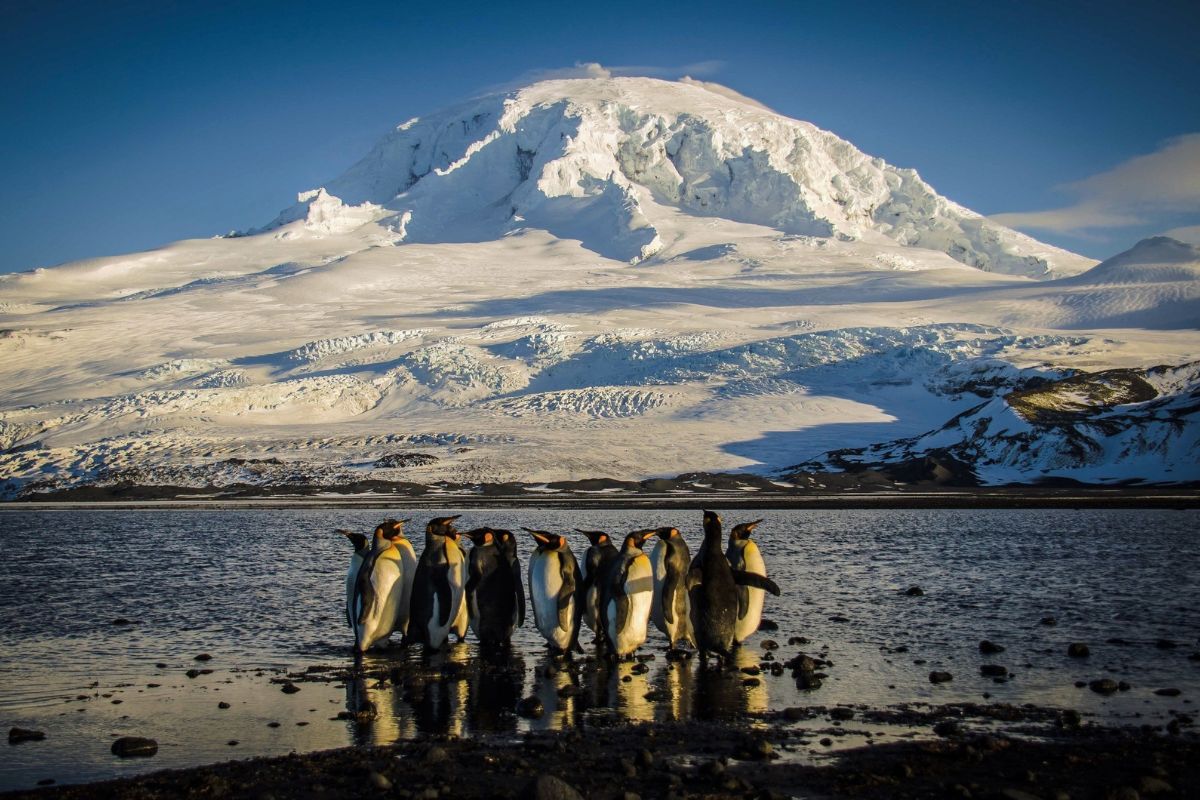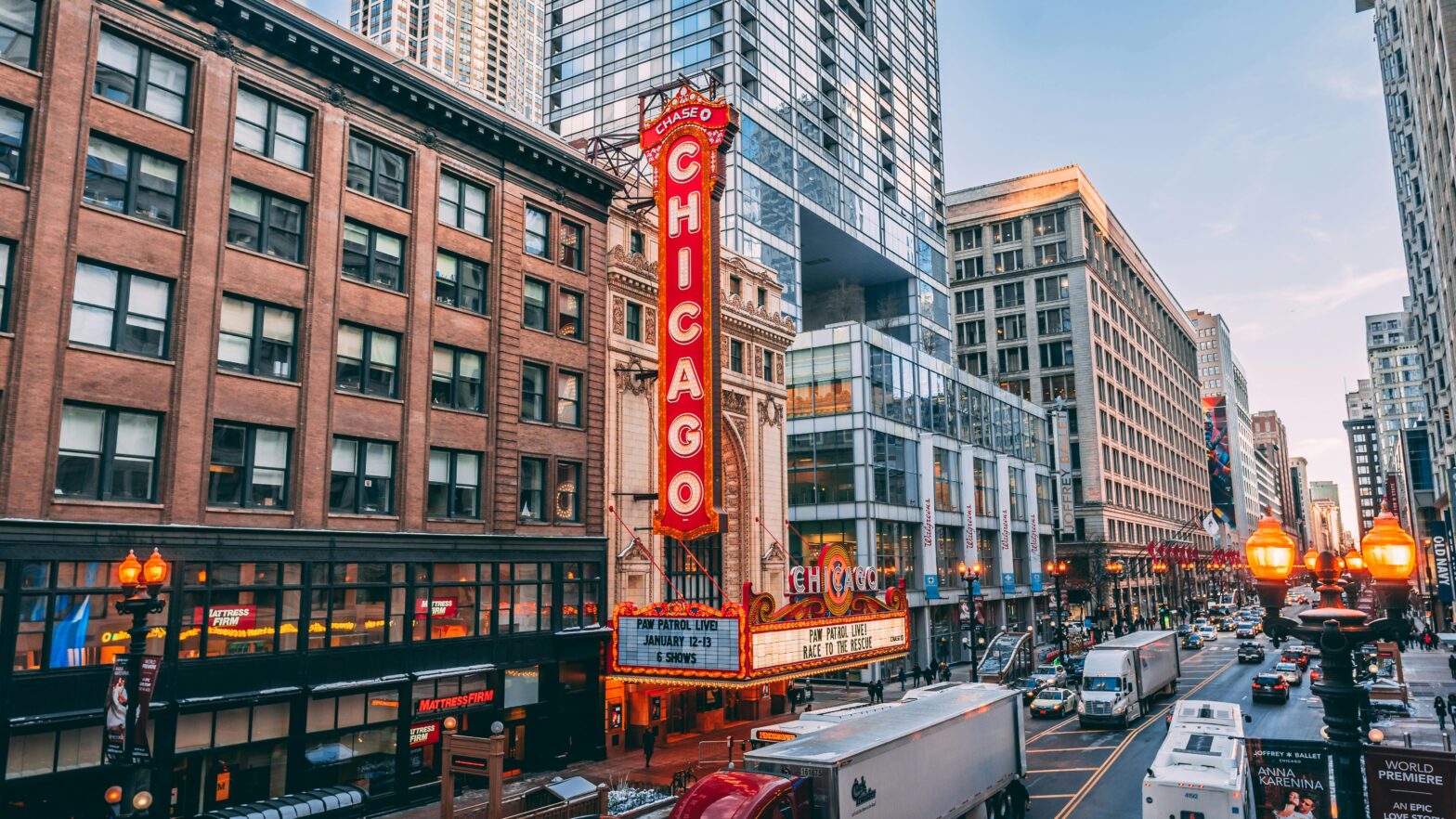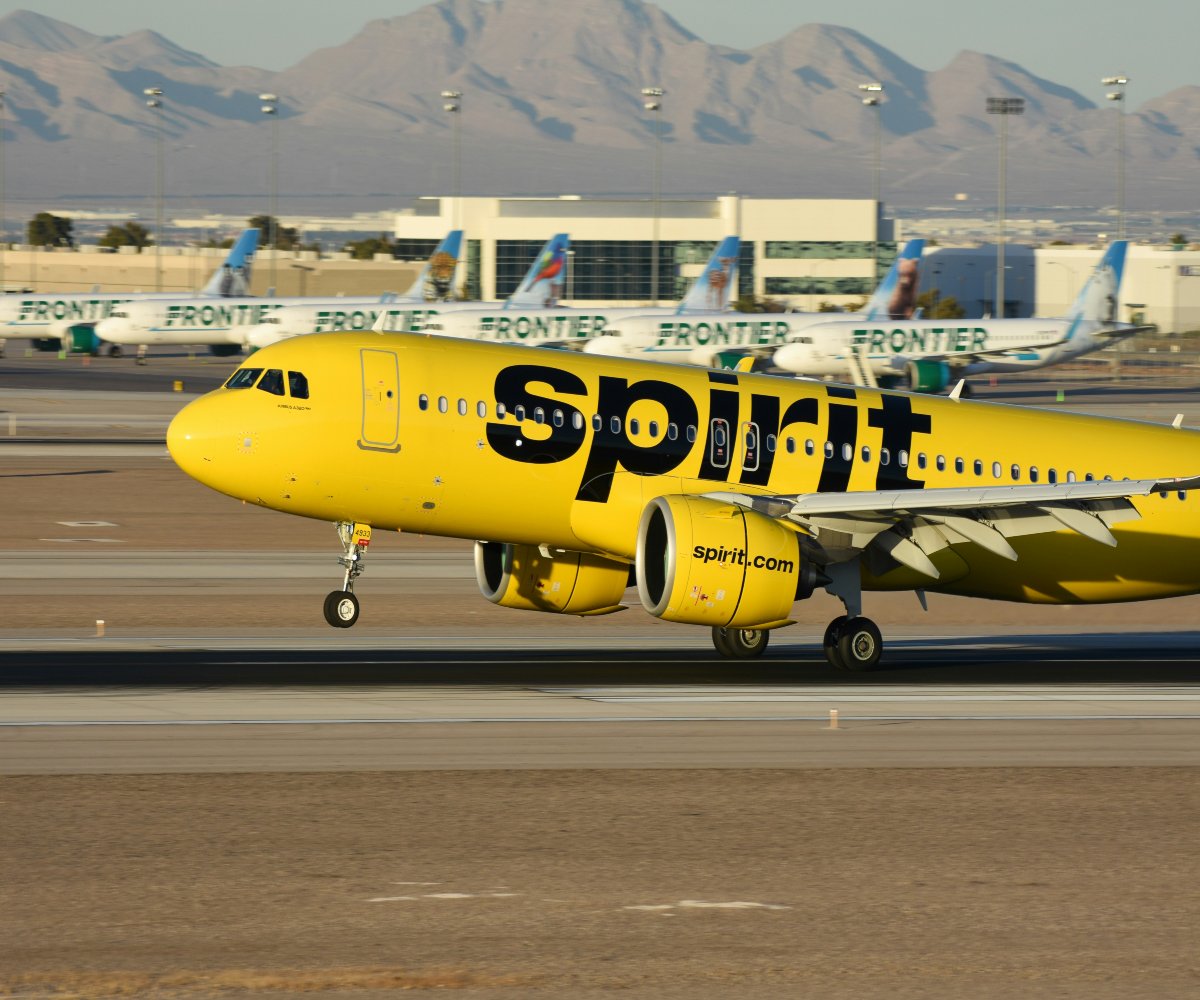In the southern Indian Ocean, about two-thirds of the way from Madagascar to Antarctica, lie some of our planet’s most remote and pristine landmasses. The Heard Island and McDonald Islands (HIMI) represent an Australian external territory that few have ever visited or heard about. These volcanic islands, shrouded in ice and mystery, are examples of Earth’s wild places untouched by human settlement.
Located 2,547 miles southwest of Perth and over 1,000 miles north of Antarctica, these islands are among the most isolated places on Earth. Their total land area spans nearly 144 square miles, with Heard Island making up the majority at approximately 142 square miles. The McDonald Islands, 27 miles west of Heard Island, are significantly smaller at just under 1 square mile.
What makes these islands particularly special is their active volcanism. Heard Island is dominated by Big Ben, a massive mountain with Mawson Peak at its summit, reaching 9,006 feet (2,745 meters) above sea level. This is Australia’s highest mountain outside the Australian Antarctic Territory. It is also one of only two active volcanoes in Australian territory. Its steep slopes are largely covered by glaciers, with approximately 80% of the island hidden beneath ice.
The islands were discovered in the mid-19th century. American sailor John Heard sighted Heard Island in November 1853, and William McDonald discovered the nearby McDonald Islands just six weeks later in January 1854. Since then, these remote outposts have captivated the imagination of explorers, scientists, and conservationists.
Does Anyone Live On The Heard Island And McDonald Islands?
The answer is a definitive no. There are no permanent human inhabitants on Heard Island and McDonald Islands. The extreme isolation, harsh weather conditions, and rugged terrain make permanent settlement virtually impossible. The Australian Antarctic Division of the Australian Department of Climate Change, Energy, the Environment, and Water administers the islands from Hobart.
While there is no permanent population, the islands have witnessed human presence throughout their history. From 1947 until 1955, camps were available for visiting scientists on Heard Island at Atlas Cove in the northwest. Later, in 1969, American scientists reoccupied this camp. French scientists further expanded it in 1971. Additionally, in 1971, scientists established a temporary base at Williams Bay on McDonald Island.
Later scientific expeditions have used a temporary base at Spit Bay on the eastern side of Heard Island. However, these have all been temporary arrangements. There have been no protracted stays ashore since a winter research program in 1992 – the first winter occupation of the island since 1954.
Can You Go To Heard Island And McDonald Islands?
Technically, yes – but practically, it’s tough and restricted. Access to Heard Island and McDonald Islands is highly regulated and limited primarily to scientific research. The islands’ remoteness poses the first major challenge.
The Australian Antarctic Program states, “It takes around 10 days, depending on the weather, to get to Heard Island by ship from the port of Fremantle, near Perth in Western Australia.” This two-week voyage through some of the world’s most turbulent seas is just the beginning of the difficulties.
Visitors require special permission from the Australian government, and such permits are generally only granted for scientific research or official purposes. Tourist visits are extremely rare, and the islands lack any infrastructure to support visitors. There are no permanent facilities, accommodations, or services available.
The islands’ UNESCO World Heritage status, granted in 1997, further emphasizes their significance and the need to protect them from human interference. This international recognition acknowledges their outstanding natural values. It places additional responsibility on Australia to maintain their pristine condition.
What Animals Live On Heard Island and McDonald Islands?
Despite their isolation and harsh conditions, Heard Island and McDonald Islands support remarkable wildlife populations. The islands primarily host seabirds and marine mammals that have adapted to the subantarctic environment.
Penguins are by far the most abundant birds on the islands, followed by a significant population of seals. The absence of land predators and human disturbance makes these islands particularly valuable for these species, providing them with secure breeding grounds in the vast Southern Ocean.
Trump’s Surprising Tariffs On Uninhabited Islands
In an unexpected diplomatic move, former US President Donald Trump announced in April 2025 that he would impose a 10% tariff on goods from Heard Island and McDonald Islands as part of his broader “Liberation Day” tariff program. This decision raised eyebrows globally, given that the islands are completely uninhabited and have had no human visitors in nearly a decade.
Australian Prime Minister Anthony Albanese responded surprisedly, commenting, “Nowhere on earth is safe.” According to the White House, the islands were included simply because they are Australian territory. A White House official stated that the islands supposedly impose a 10% “Tariff to the USA,” which includes “currency manipulation and trade barriers.” In retaliation, the United States implemented “discounted reciprocal tariffs” at the same rate.
This situation is particularly perplexing because, according to World Bank data, the US reportedly imported $1.4 million worth of products from Heard Island and McDonald Islands in 2022, mainly classified as “machinery and electrical” imports. This seems impossible given that the islands have no buildings, infrastructure, or human habitation whatsoever. In the five years prior, imports reportedly ranged from $15,000 to $325,000 annually.
The Heard Island and McDonald Islands remain one of the planet’s last truly wild and untouched places. Their isolation and strict protection measures ensure they remain valuable reference sites for scientific research and havens for wildlife. While they may now be unexpectedly caught up in international trade politics, their true value lies in their pristine nature and the window they provide into Earth’s natural processes, free from human interference.





